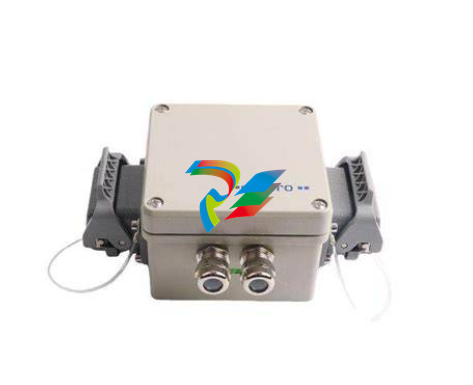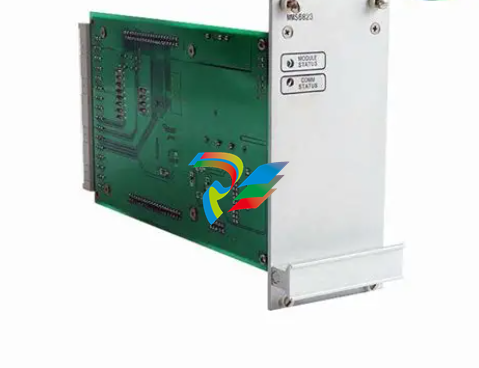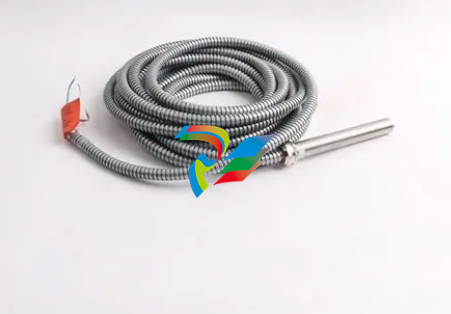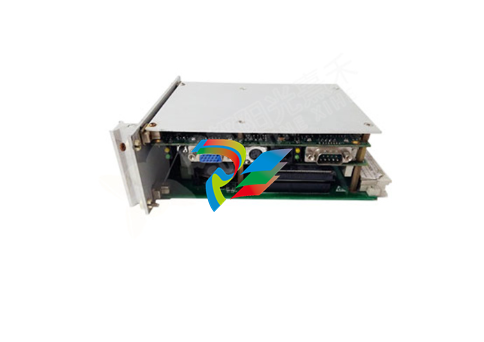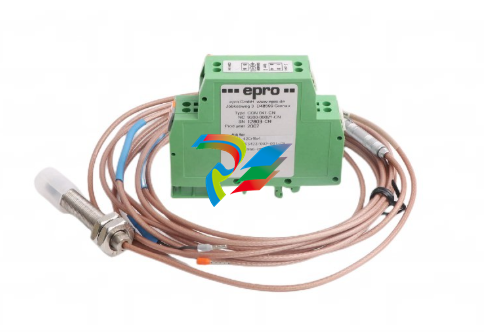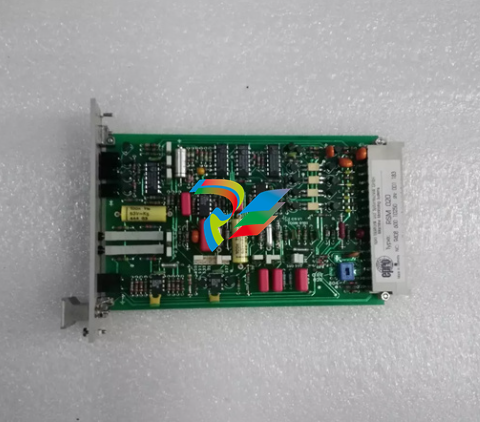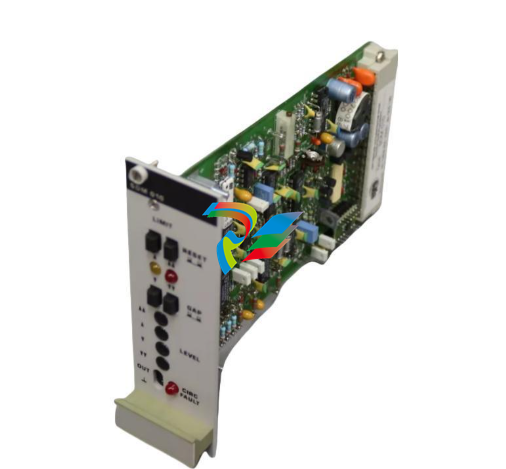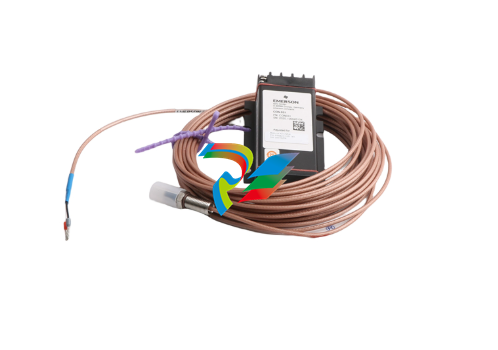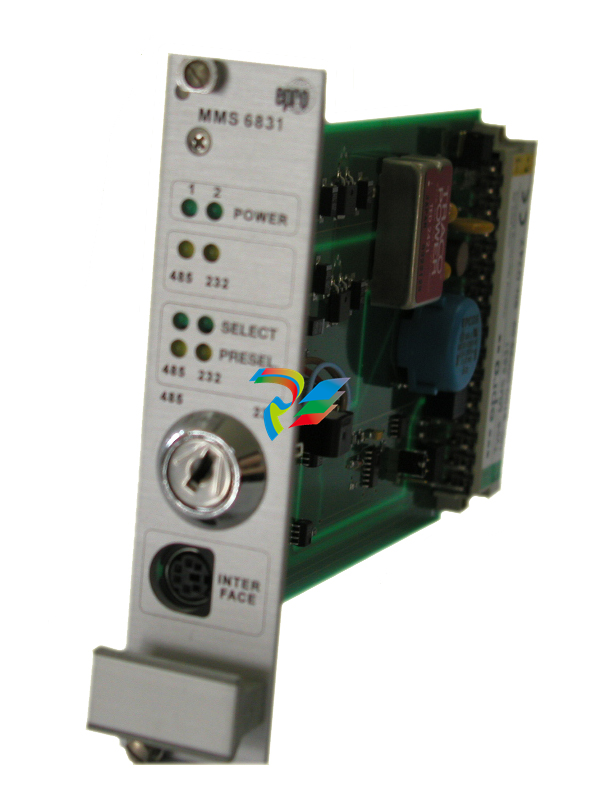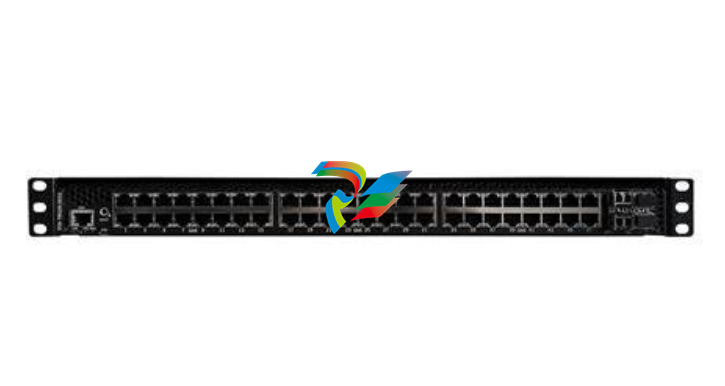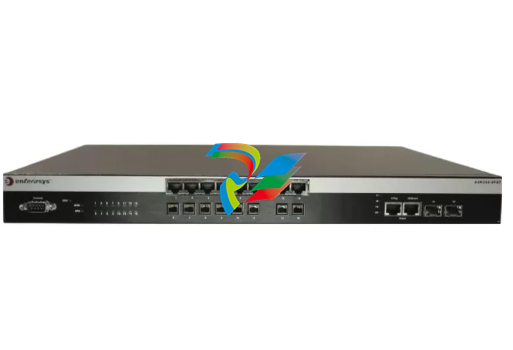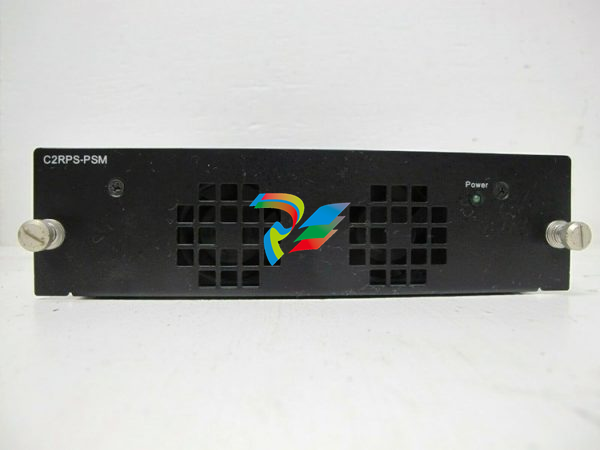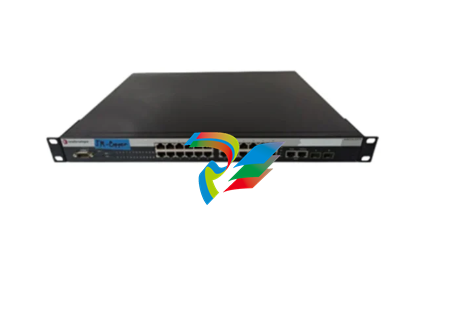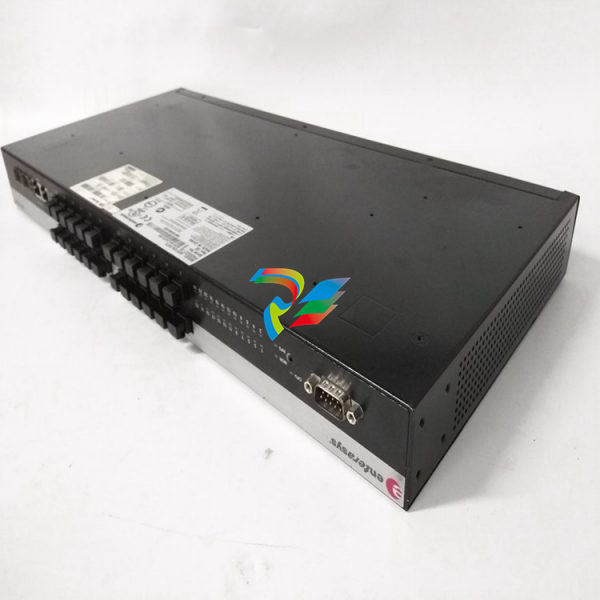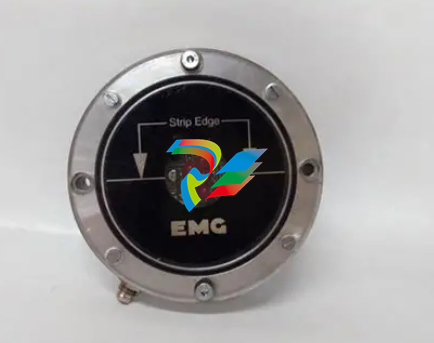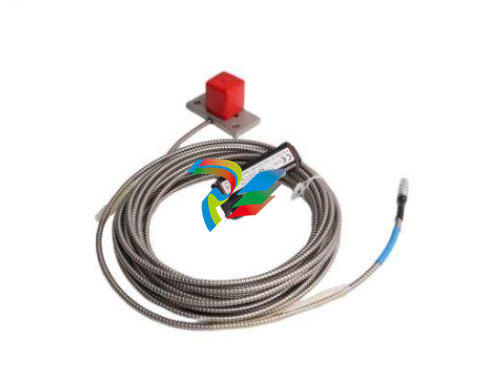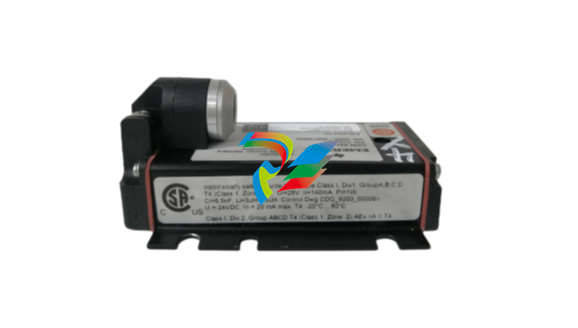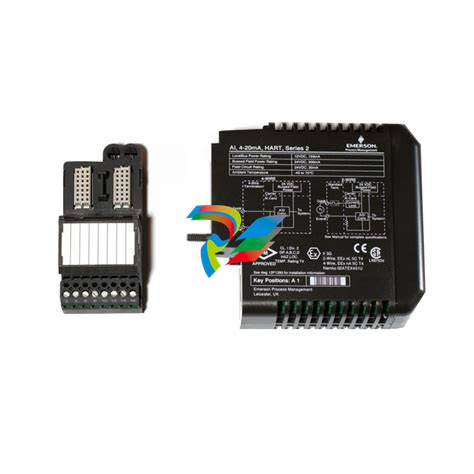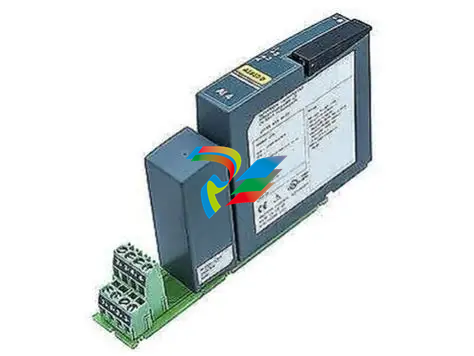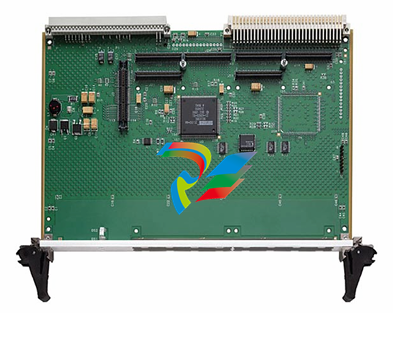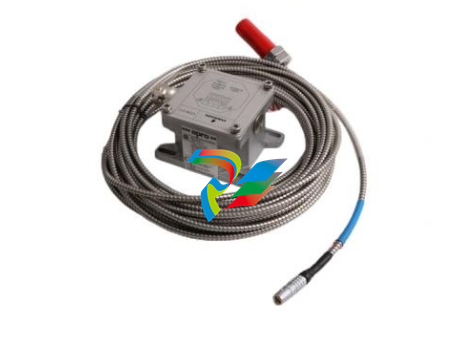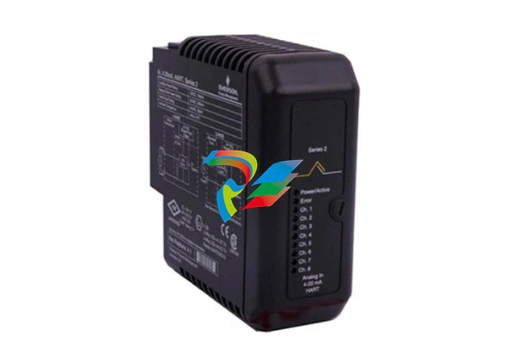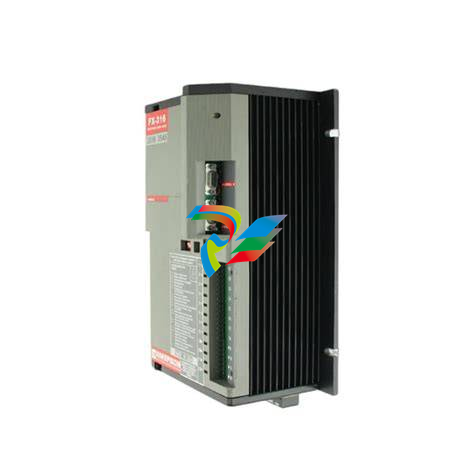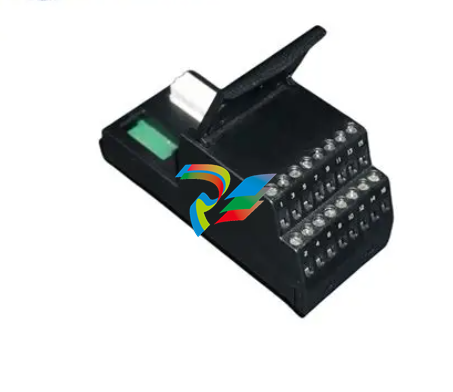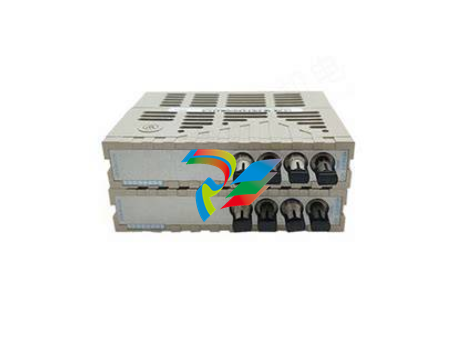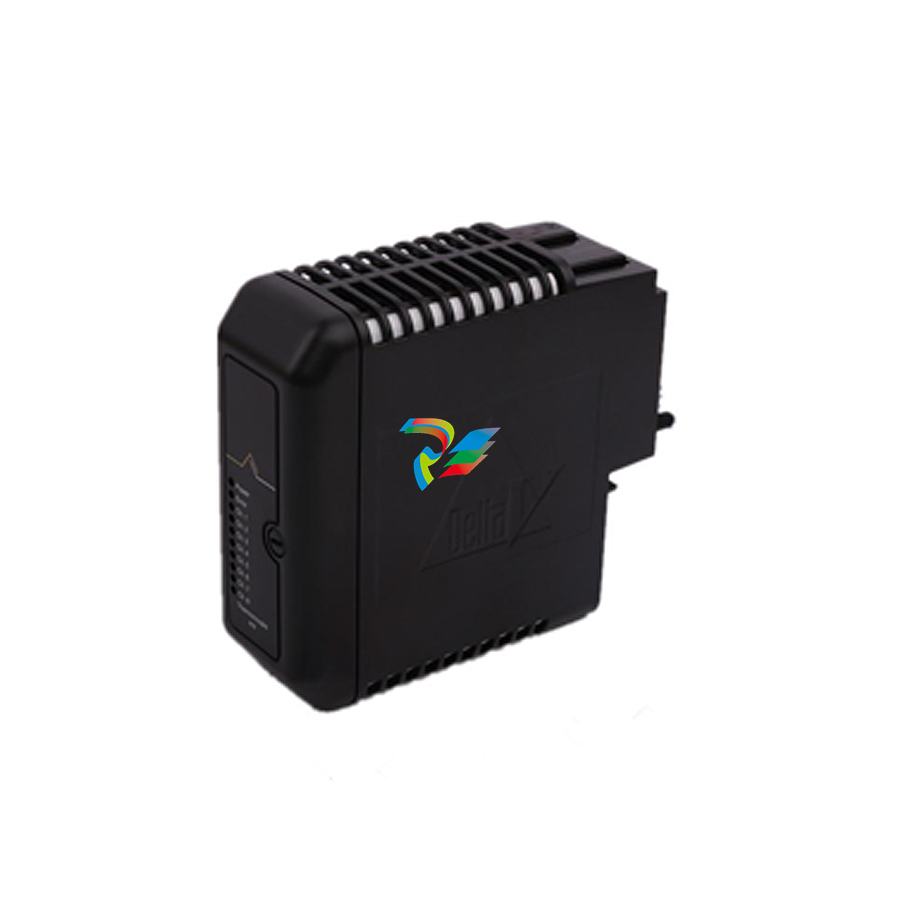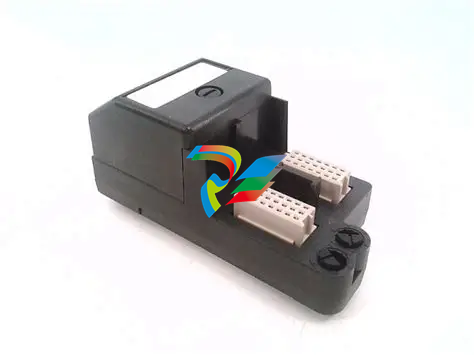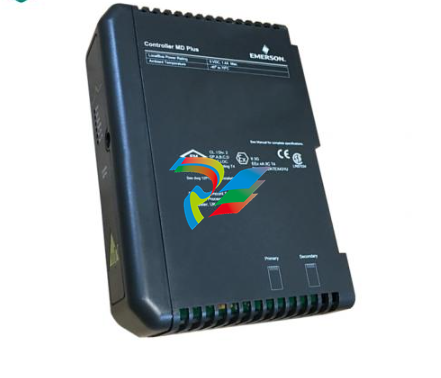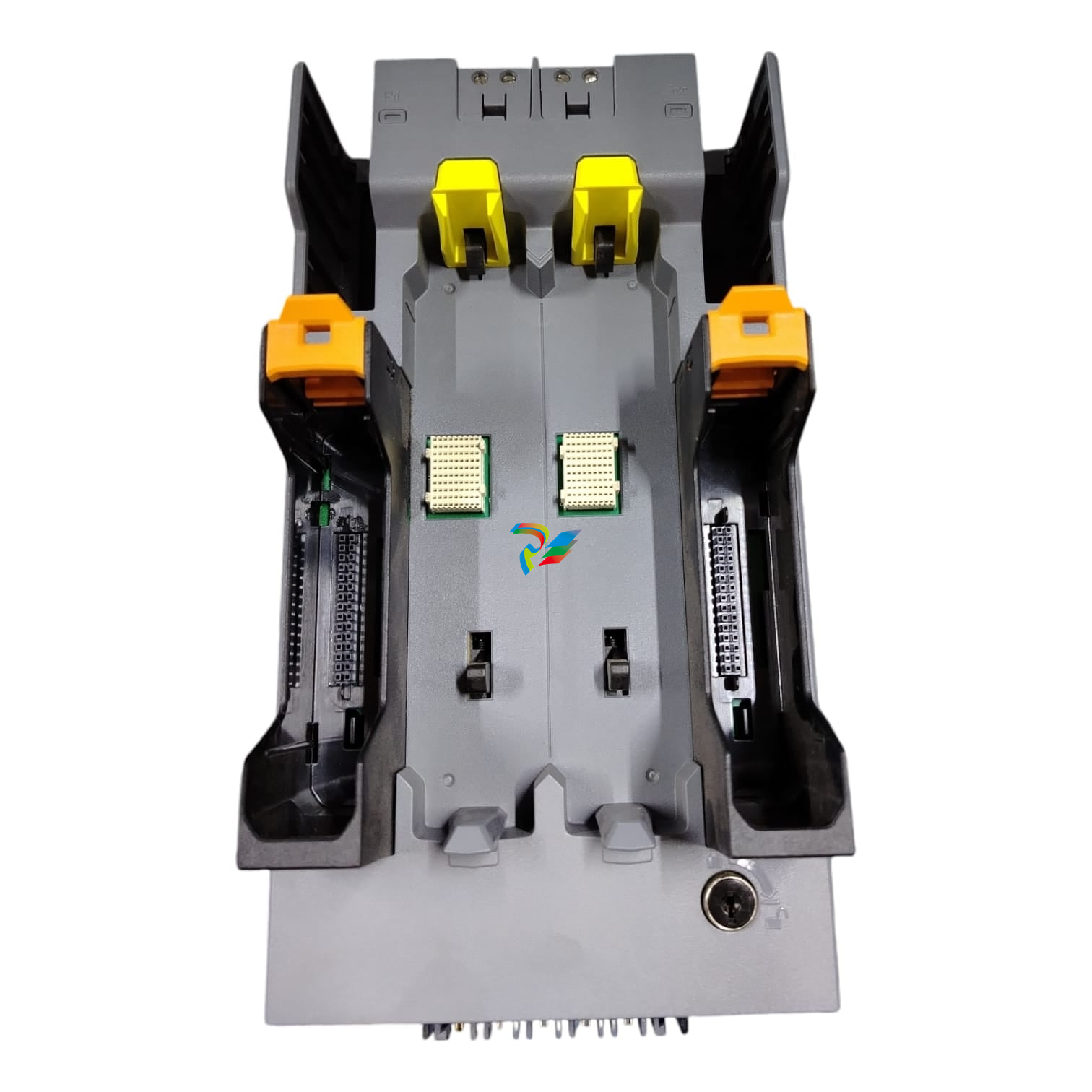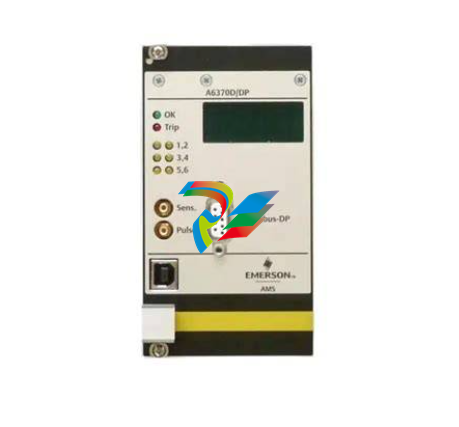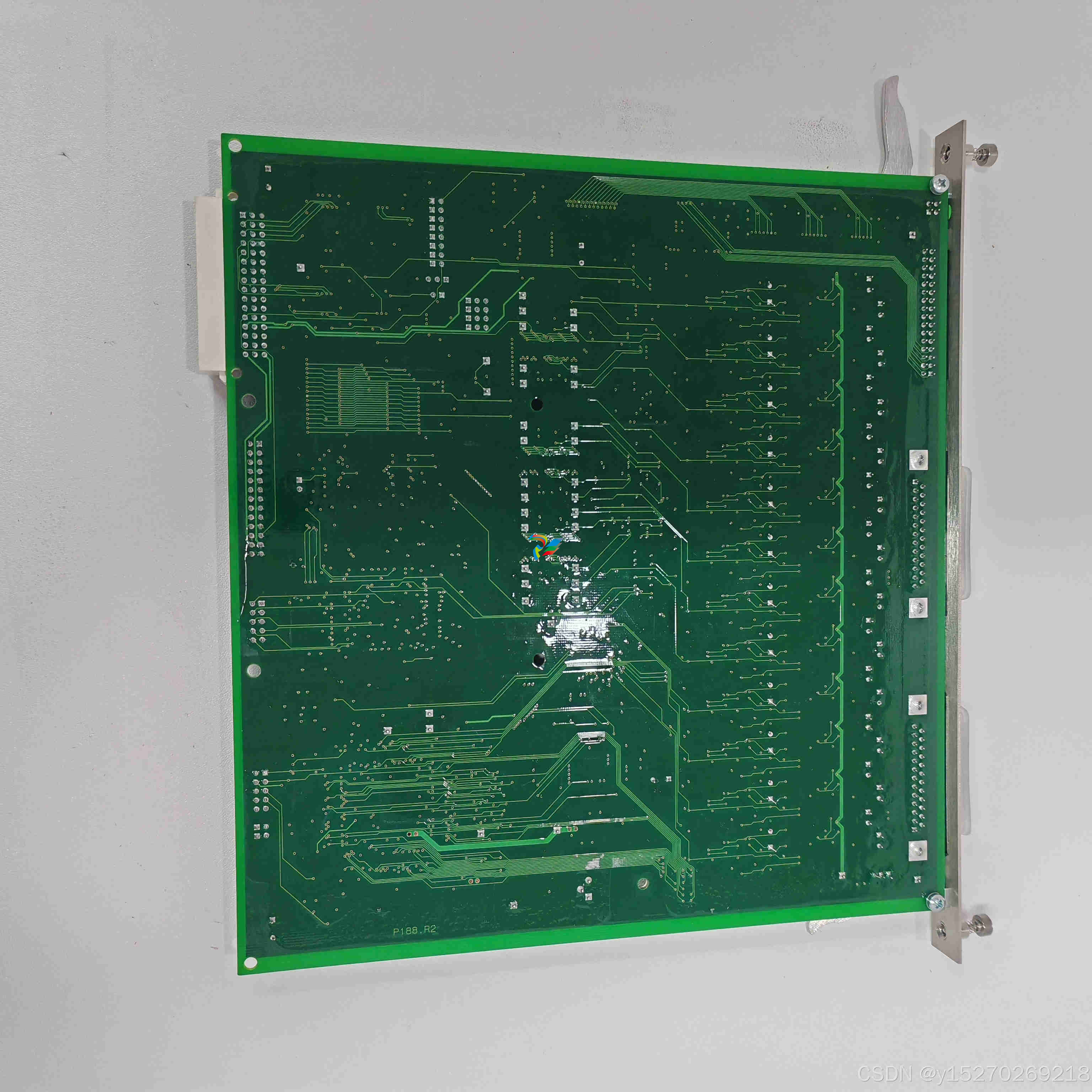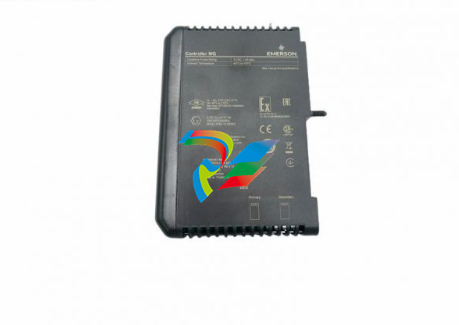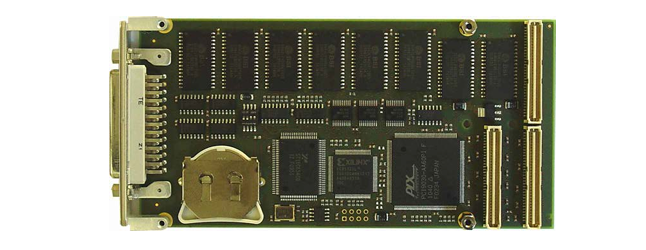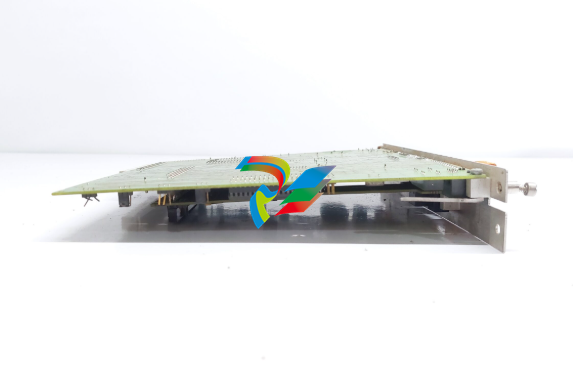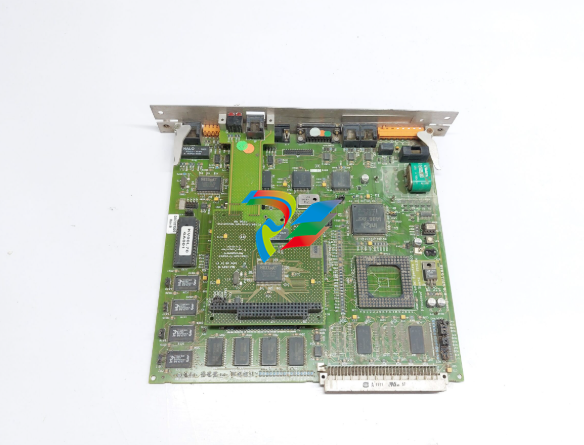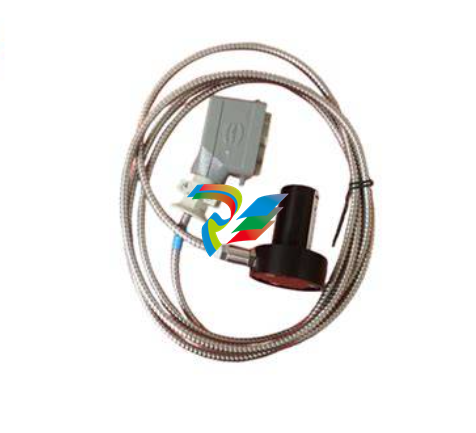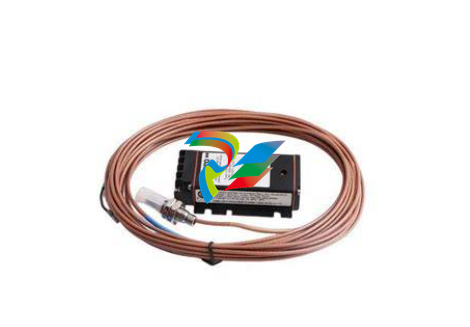
ABBMark* VIe and Mark VIeS Control Systems Volume I: System Guide
In a dual system, IONet data also includes:
• Internal state values and initialization information from the designated controller • Status and synchronization information from both controllers In a triple module redundant (TMR) system, IONet data also includes: • Internal state values for voting and status and synchronization information from all three controllers • Initialization information from the designated controller
Note For more information on the Mark VIe controller, refer to the Mark VIe and Mark VIeS Control Systems Volume II: System Guide for General-purpose Applications (GEH-6721_Vol_II), the chapter Controllers. More more information on the Mark VIeS Safety controller, refer to the Mark VIeS Control Functional Safety Manual (GEH-6723). For a list of controllers that are available for each control system, including the supported and unsupported features the controllers offer for that control system, refer to the ToolboxST User Guide for Mark Controls Platform (GEH-6700 or GEH-6703).
IONet Switches
GE’s Industrial Ethernet 10/100 switches (ESWA and ESWB) provide the performance and features needed in today’s real-time industrial control systems. Use 8-port ESWA or 16-port ESWB Ethernet switches in all control system I/O networks to maintain the reliability needed for I/O module reception of controller outputs.
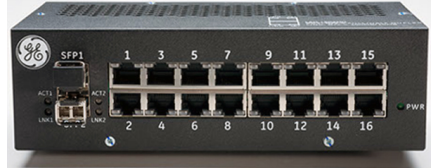
1.4 Distributed I/O Modules
The I/O modules contain three basic parts: terminal board, terminal block, and I/O pack. The terminal board mounts to the cabinet and comes in two basic types: S and T. The I/O pack mounts to the terminal board J-port connector. Both terminal board types provide the following features:
• Terminal blocks for I/O wiring
• Mounting hardware
• Input isolation and protection
• I/O pack connectors
• Unique electronic ID
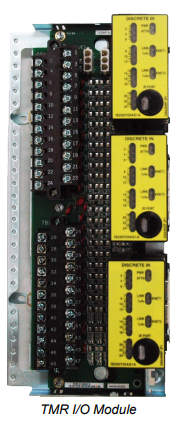
I/O packs have a common processor board and a data acquisition board that is unique to the type of connected device. I/O packs on each terminal board digitize the I/O variables, perform algorithms, and communicate with the controller. The I/O pack provides fault detection through a combination of special circuitry in the data acquisition board and software running in the Central Processing Unit (CPU) board. The fault status is transmitted to and used by the controllers. The I/O pack transmits inputs and receives outputs on both network interfaces if connected.
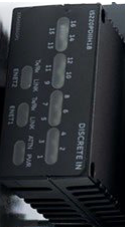
Each I/O pack also sends an identification message (ID packet) to the main controller when requested. The packet contains, the hardware catalog number of the I/O board, the hardware revision, the board barcode serial number, the firmware catalog number, and the firmware version. The I/O packs have a temperature sensor that is accurate to within ±2 °C (±3.6 °F). Every I/O pack temperature is available in the database and can be used to generate an alarm.
Terminal Boards
Signal flow begins with a sensor connected to a terminal block on a board. Wide and narrow terminal boards are arranged in vertical columns of high and low-level wiring. An example of a wide board is a board that contains magnetic relays with fused circuits for solenoid drivers. A shield strip is provided to the left of each terminal block. It can be connected to a metal base for immediate grounding or floated to allow individual ground wires from each board to be wired to a centralized, cabinet ground strip.
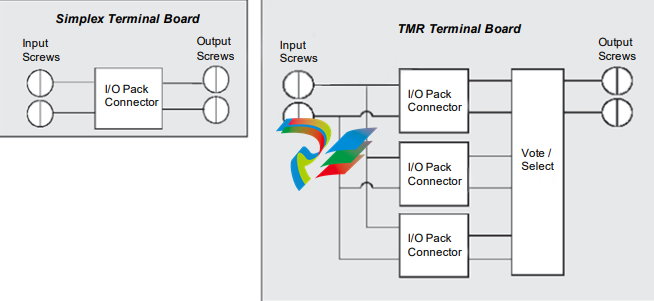
T-type
T-type terminal boards typically fan the sensor inputs to three separate I/O packs. Usually, the TMR board hardware votes the outputs from the three I/O packs. T-type boards contain two, 24-point, barrier-type, removable, terminal blocks. Each point can accept two 3.0 mm (0.12 in) (#12 AWG) wires with 300 V insulation per point with either spade or ring-type lugs. In addition, captive clamps are provided for terminating bare wires. Screw spacing is 9.53 mm (0.375 in) minimum and center-to-center
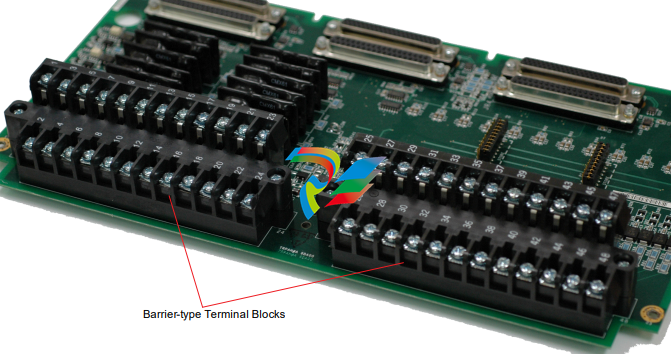
These terminal blocks have the following features:
• Black in color with white number labels
• Terminal rating is 300 V, 10 A
• UL recognized
• Recommended screw tightening torque is 7 lb-in (0.8 Nm)
S-type
S-type boards provide a single set of screws for each I/O point and allow a single I/O pack to condition and digitize the I/O. They are half the size of T-type boards and are standard base mounted but can also be DIN-rail mounted. These boards can be used for simplex, dual, or dedicated triple redundant sensors by using one, two, or three modules. S-type boards have Euro-style, box type terminal blocks. Some boards are available as either removable or fixed terminal block versions. S-type board terminal blocks accept one 2.05 mm (0.08 in) (#12 AWG) wire or two 1.63 mm (0.06 in) (#14 AWG) wires, each with 300 V insulation per point. Screw spacing is 5.08 mm (0.2 in) minimum and center-to-center.
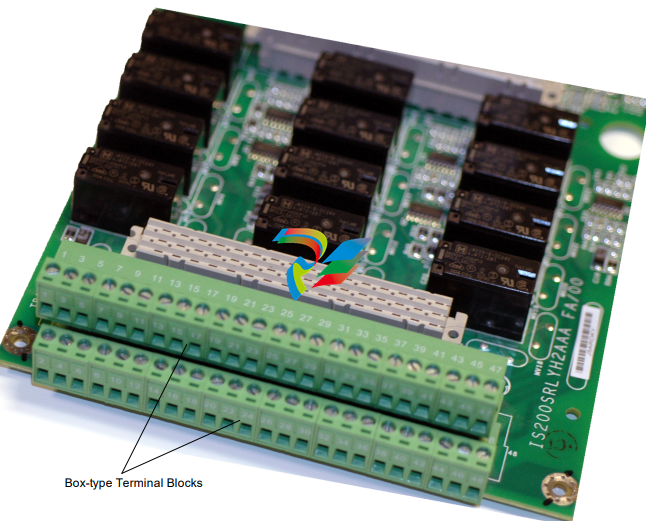
These terminal blocks have the following features:
• Green in color with number labels.
• Terminal rating is 300 V, 10 A
• UL and CSA recognized
• Recommended screw tightening torque is 5 lb-in (0.5 - 0.6 Nm
